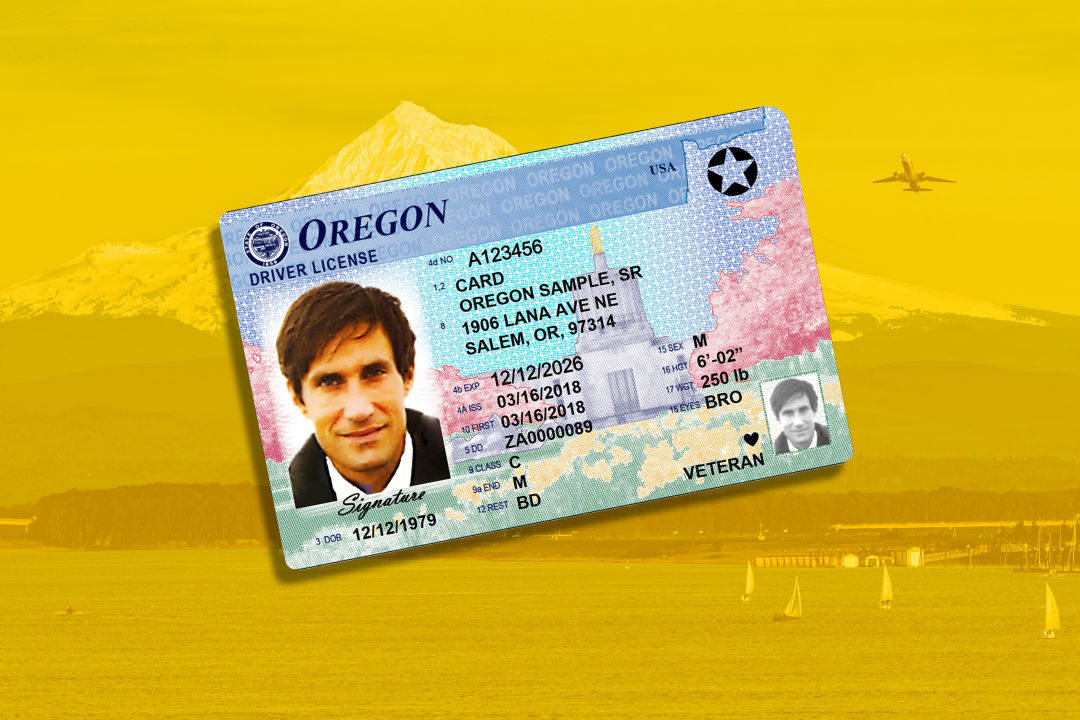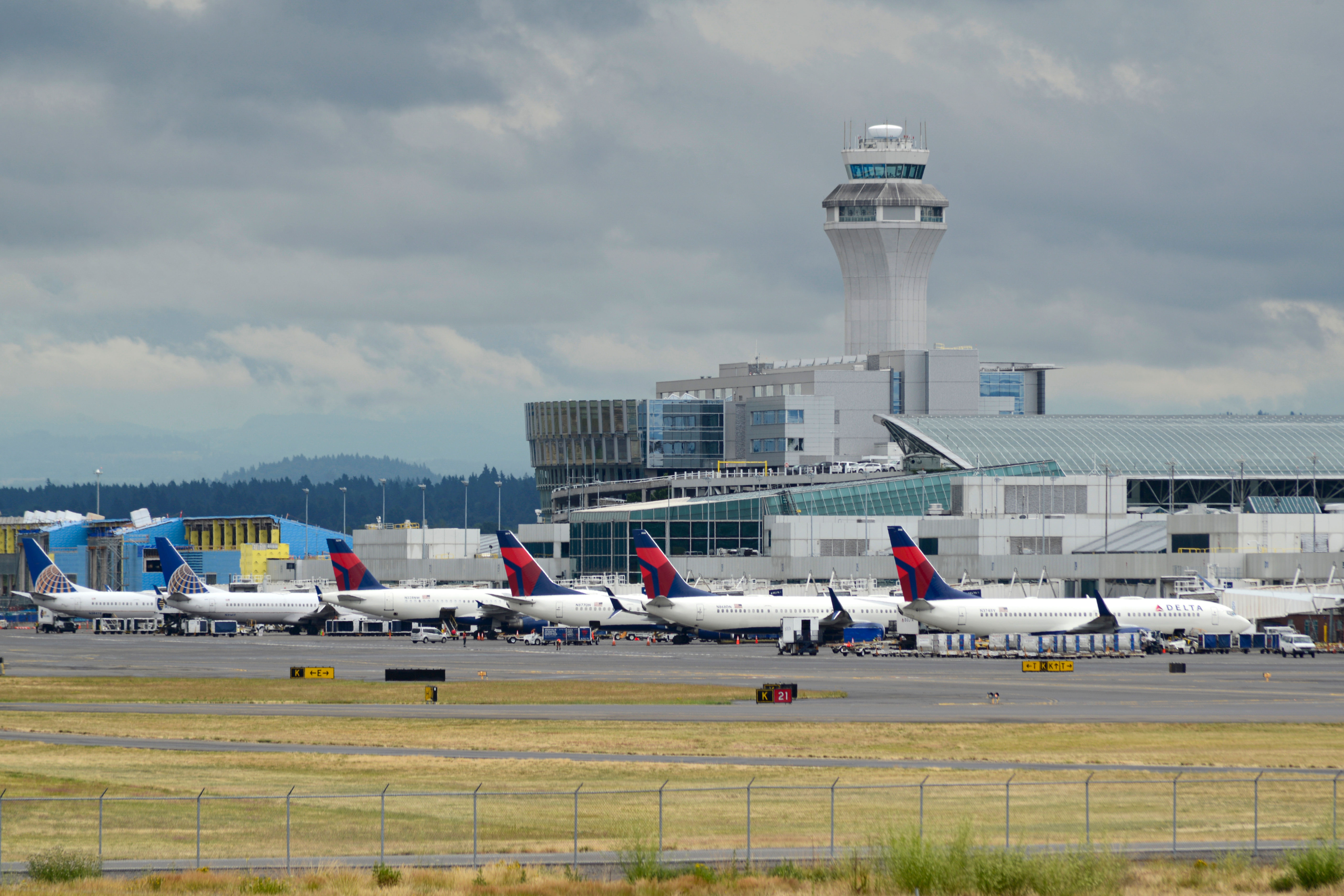Deadline to Comply with Real ID Standards Pushed Again

Oregon travelers will have an additional two years to renew their state-issued driver's license or identification to a Real ID–compliant version following another extension of the federal deadline.
If you’ve been putting off that trip to the DMV to get an identification card that meets federal Real ID standards, you can keep kicking that can down the road a bit longer, but not forever.
After nearly 15 years of delays, the law was set to take effect on May 3, 2023. But on December 5 the US Department of Homeland Security decided to (again) extend the deadline for air travelers to obtain state-issued identification deemed to be more secure than your regular driver’s license or personal identification card. Procrastinators now have until May 7, 2025.
“We welcome the extension,” says Michelle Godfrey, public information officer with the Oregon Department of Transportation’s Driver & Motor Vehicle Services division.
“Oregon is behind in Real ID issuance,” she says. “We are at 18 percent adoption this month and seeing incremental increases in adoption each month.”
That’s less than half the national average. Godfrey says several factors are contributing to the state’s slow adoption of Real ID–compliant driver’s licenses and identification cards. The state didn’t begin to issue the new IDs until 2020, three years after at least half of all US states implemented systems to produce them.
The pandemic also severely hampered efforts to encourage people to make the switch because they weren’t interacting face-to-face, rather online using the state’s DMV2U portal, which allows some DMV actions to be completed without visiting an office. (Converting a regular license or ID card to a Real ID–compliant one requires an in-person visit to a DMV office.)
Those two factors led to staffing issues ever since, Godfrey says.
The reason for the switch dates back more than two decades. In the investigations following the attacks of September 11, 2001, it was found that hijackers had used fraudulent driver’s licenses and state-issued ID cards to board planes. Congress decided there needed to be more cohesiveness between how states verify personal information provided by those seeking to get an ID card and in 2005 passed the Real ID Act, which called for all states to make the switch by April 2008.
That date came and passed, with some states citing the price tag to implement the new systems as a barrier. And that’s pretty much how it’s gone for the past 15 years, with Oregon being one of the last to make the switch, along with Oklahoma and New Jersey.
There are other forms of identification that comply with Real ID standards, such as a passport book or card. That means any Oregonian who’s traveled internationally in the recent past is probably fine even if they aren’t renewing their license before the new May 2025 deadline. (Most Oregon driver's licenses are valid for eight years.) Just don’t forget to bring your passport when boarding domestic flights as well as international, and don’t let it expire.
But if you don’t have a passport, or if you have one but don’t want to bust it out every time you hop on a plane to visit your aunt in San Francisco, you shouldn’t put off getting an updated ID for much longer, as any last-minute rush could come with long waits.
“I can imagine that state agencies would be taxed if a large number of the population rushed to get Real IDs [all at once],” says Kama Simonds, a spokesperson for Portland International Airport.
“That could create havoc, were the change implemented and the populace not ready with the correct form of ID to travel,” Simonds says.




